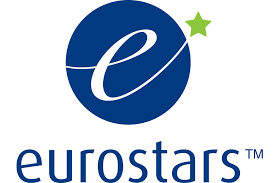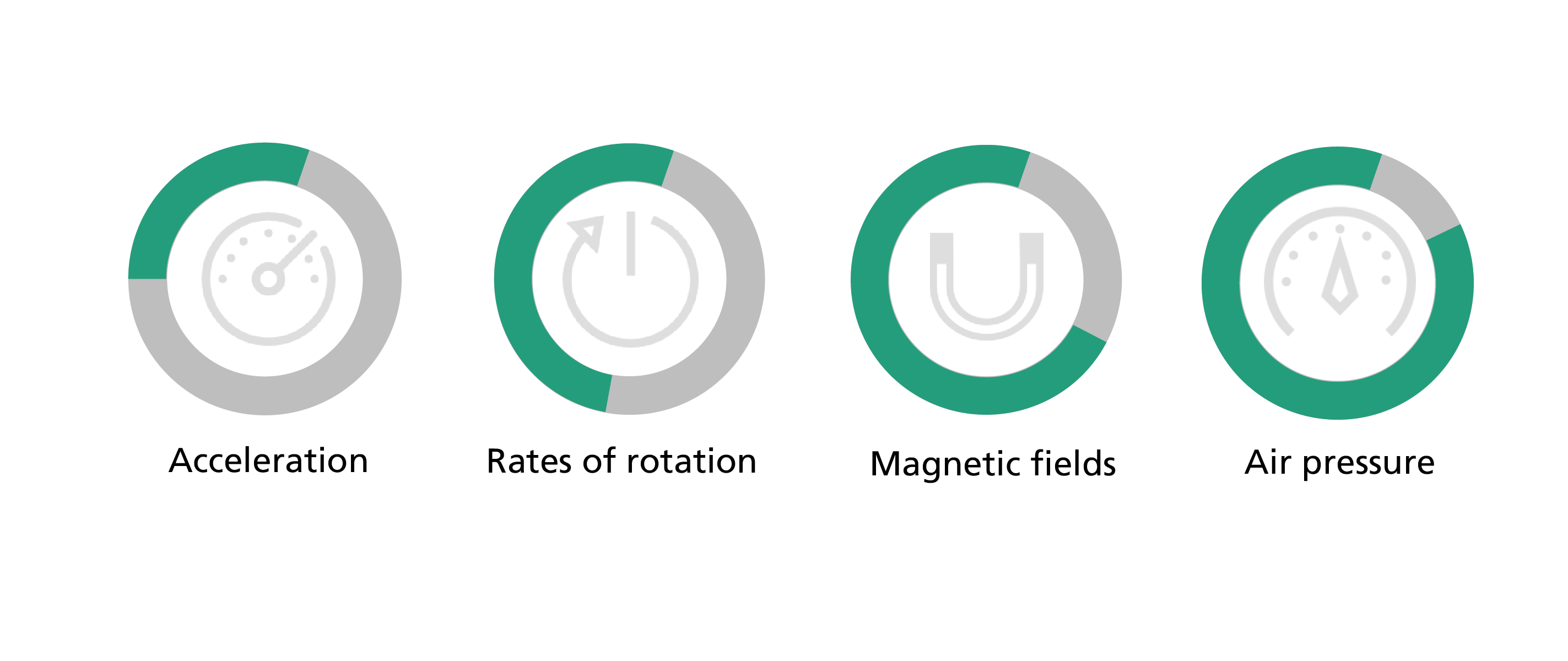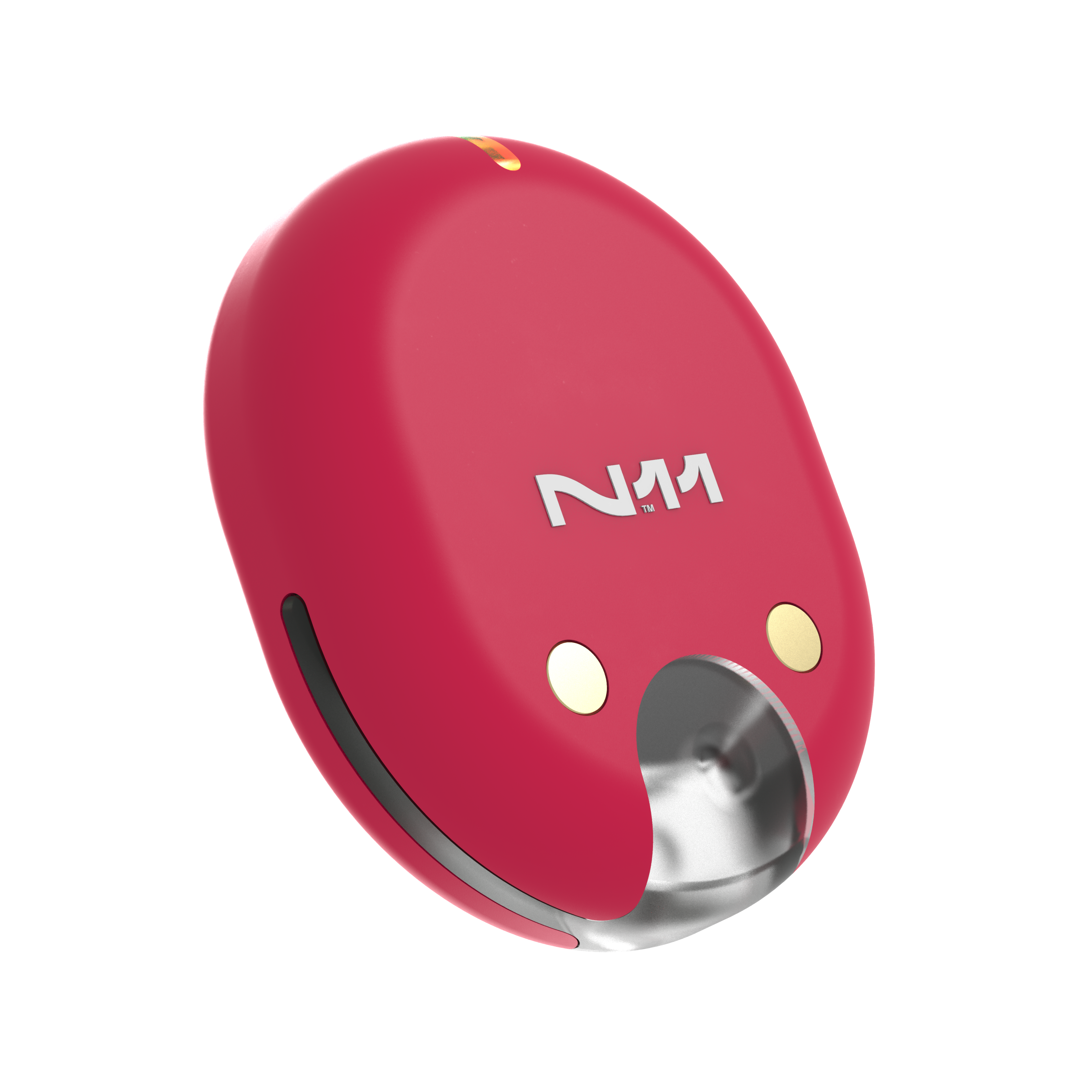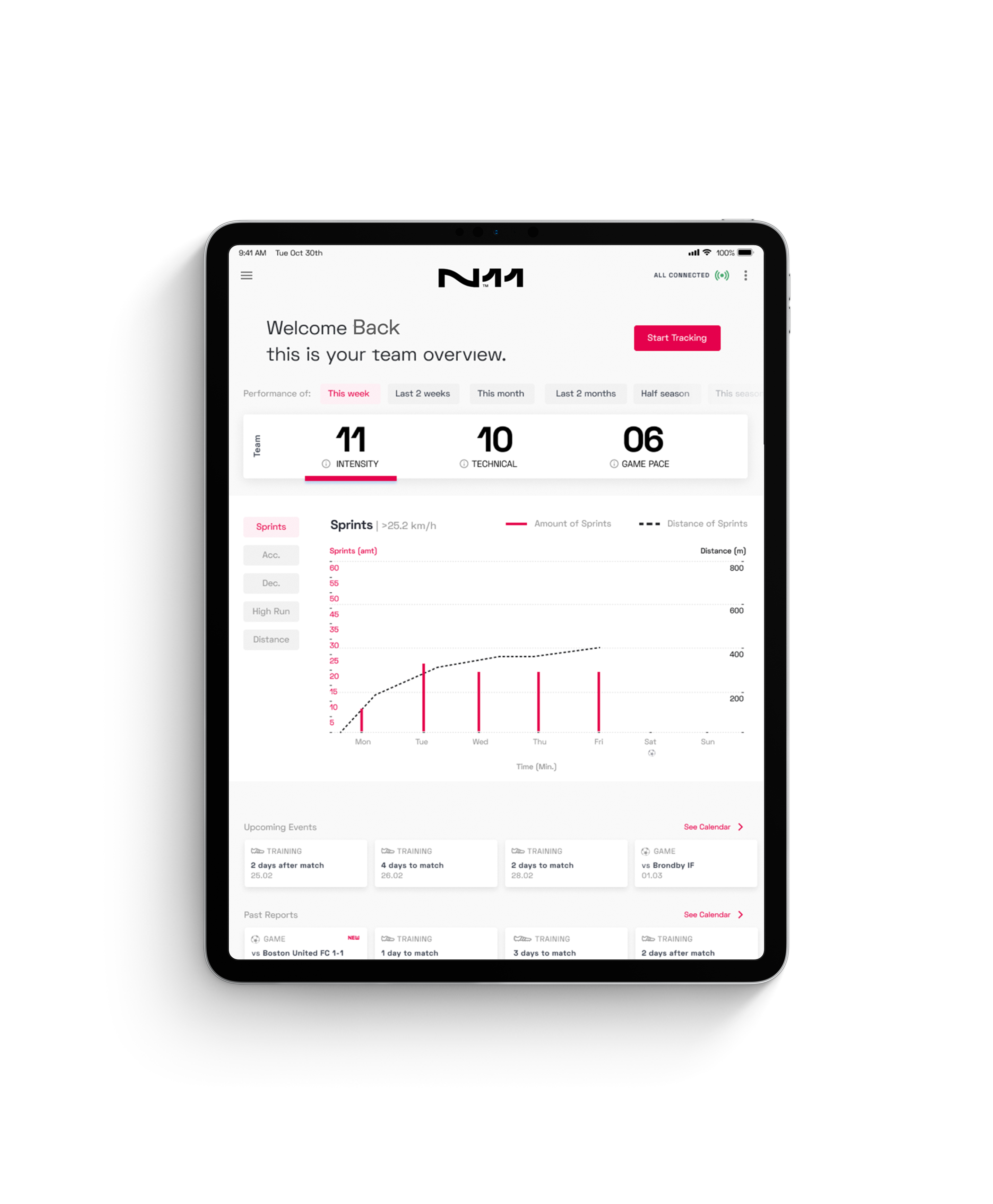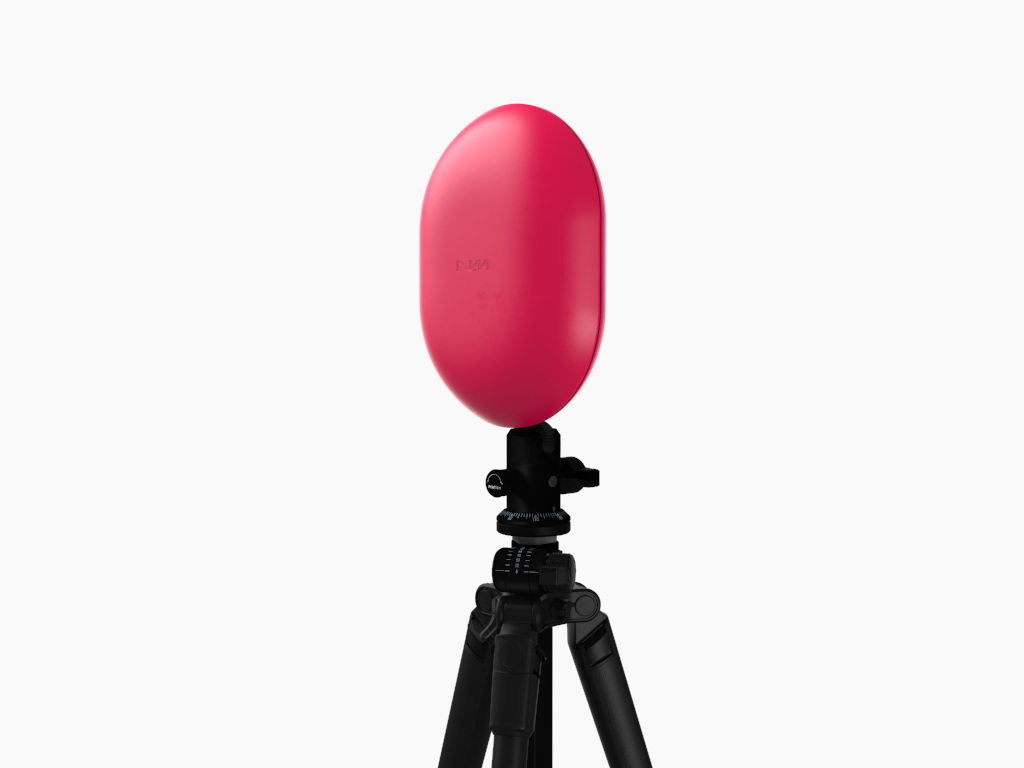At a glance
In sport and in soccer especially, interest in analysis and analysis techniques is constantly growing. In the professional leagues, games and players' performance are analyzed in a variety of different ways. And new rules now permit digital assistance in the coaching zone. In conjunction with real-time positioning systems, wearable technology for the players can already supply a variety of data automatically during the course of play. Given that such systems are relatively expensive and time-consuming to install, however, only the top clubs use them.
As part of the Eurostarts project iBall-R2 (funded by the Federal Ministry of Education and Research BMBF, report on "sensitive footballs"), Fraunhofer IIS and its partners - NEXT11 Technologies ApS, Select Sports A/s and MING Labs GmbH - developed a cost-effective system that enables coaches and players in amateur clubs to analyze their training and game performance and to work on improving specific aspects of their game. They developed a small, lightweight sensor module in close collaboration with the manufacturer, Select Sports A/s, and integrated it into a professional soccer ball in such a way that the sensor did not impair the ball's flight characteristics. The players are given a wearable device, which, like the ball module, can measure acceleration, turns, and magnetic fields and transmits the data to a central device, such as a tablet, via Bluetooth. Using an app, the coach and/or players can subsequently view the results of the analysis.
Click here to read the BMBF report (German).
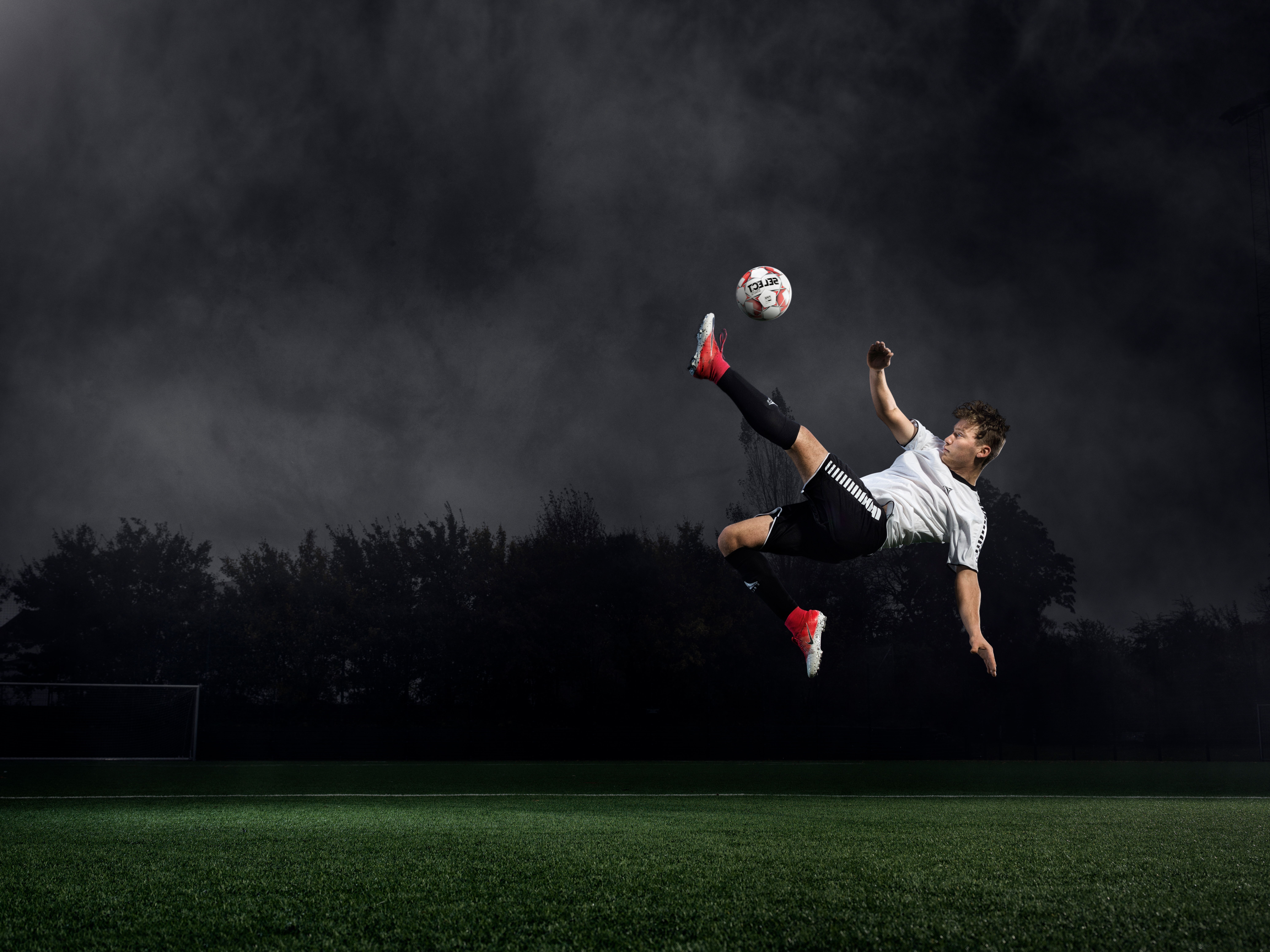
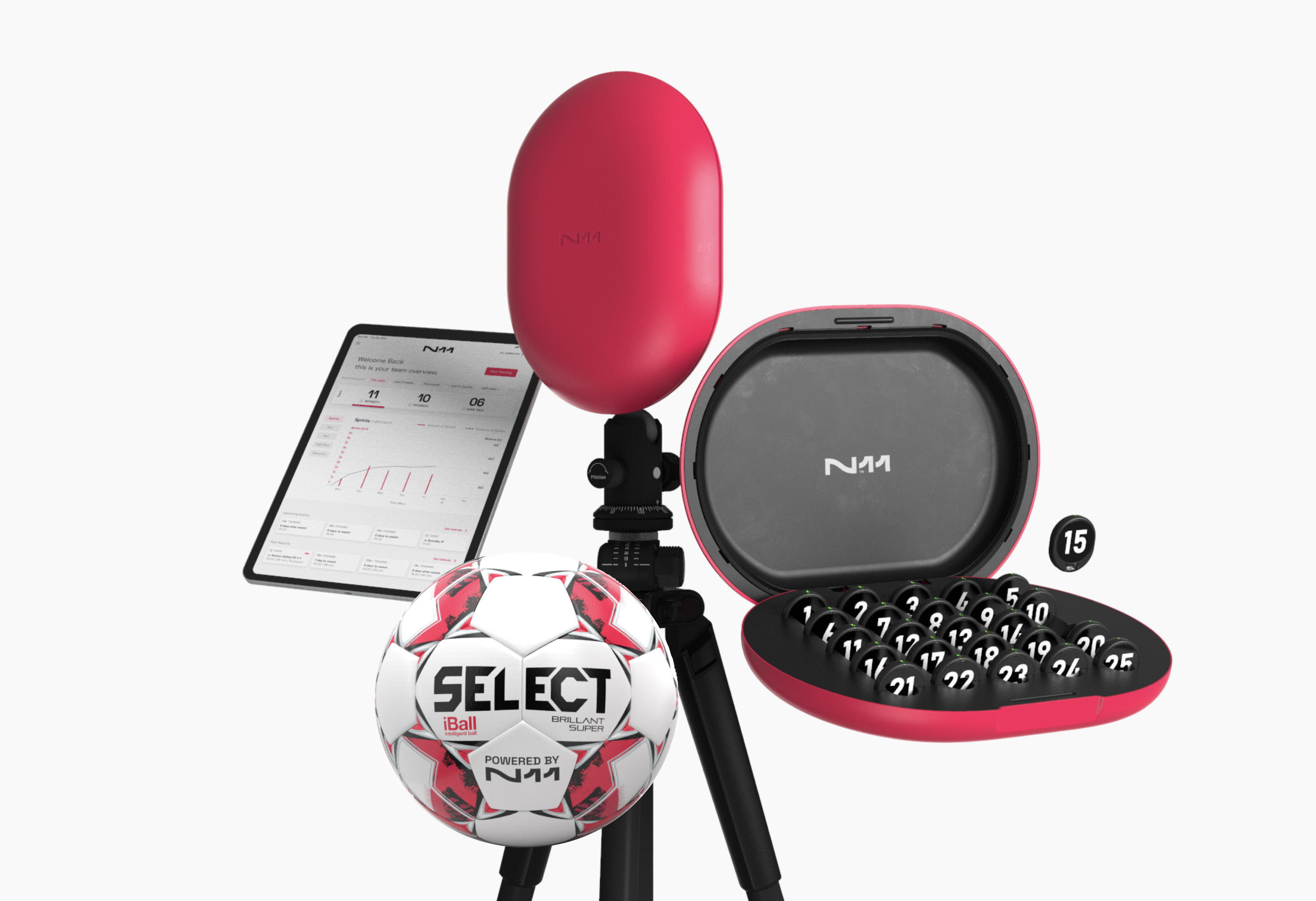
![BMBF_CMYK_Gef_M [Konvertiert]](/en/ff/lv/dataanalytics/anwproj/sensors-in-soccer/jcr:content/contentPar/sectioncomponent/sectionParsys/imagerow/imageComponent1/image.img.jpg/1571904164119/BMBF-gefoerdert-2017-en.jpg)

